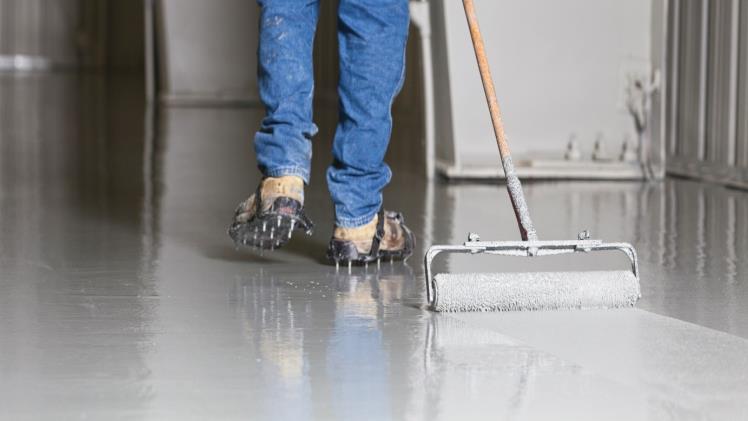When it comes to using epoxy and urethane together, there are a few things to consider. These two materials have different properties and are typically used for different purposes, but when combined, they can create a strong and durable finish. In this article, we’ll discuss the benefits and potential drawbacks of using epoxy and urethane together, as well as some tips for ensuring a successful application.
What are epoxy and urethane?
Epoxy is a type of adhesive and coating that is made from a mixture of resin and hardener. It is known for its strong bond and durability, making it a popular choice for industrial and commercial applications. Urethane, on the other hand, is a type of polymer that is known for its flexibility and resistance to impact and abrasion.
The Advantages of Using Epoxy and Urethane Together
When used together, epoxy and urethane can create a finish that is both strong and flexible. This combination can be particularly useful in situations where a surface needs to withstand heavy traffic and impact, such as on a factory floor or in a warehouse. Additionally, the combination of these two materials can also help to improve the overall appearance of a surface, as urethane is often used as a topcoat to provide a glossy finish.
One of the common applications of this combination is in polyurethane floor paints, as they provide a very durable and resistant surface.
Potential drawbacks
While there are many benefits to using epoxy and urethane together, there are also some potential drawbacks to consider. One major drawback is that the two materials have different curing times, which can make it difficult to achieve a consistent finish. Additionally, epoxy and urethane can be difficult to remove once they have been applied, which can make it challenging to make repairs or make changes to a surface in the future.
Tips for a successful application
If you’re considering using epoxy and urethane together, it’s important to understand that the process can be somewhat complex. Here are a few tips to help ensure a successful application:
- Understand the curing times of both materials: Epoxy and urethane have different curing times, so it’s important to understand the timing for both materials before you begin the application process. This will help you to achieve a consistent finish.
- Use a test area: Before applying the materials to a large surface, it’s a good idea to test them on a small area first. This will allow you to get a feel for the process and make any necessary adjustments before applying the materials to a larger area.
- Plan for cleanup: Epoxy and urethane can be difficult to remove once they have been applied, so it’s important to plan for cleanup before you begin the application process. This may include having a solvent on hand to remove any excess material.
- Follow the manufacturer’s instructions: Be sure to read and follow the manufacturer’s instructions for both the epoxy and the urethane. This will help to ensure that the materials are applied correctly and that the finish will be durable and long-lasting.
Using epoxy and urethane together can be a great way to create a strong and durable finish. However, it’s important to understand the properties of both materials and to be aware of the potential drawbacks before beginning the application process. By following the tips outlined above and reading the manufacturer’s instructions, you can ensure that the final result will be strong, flexible, and long-lasting.

